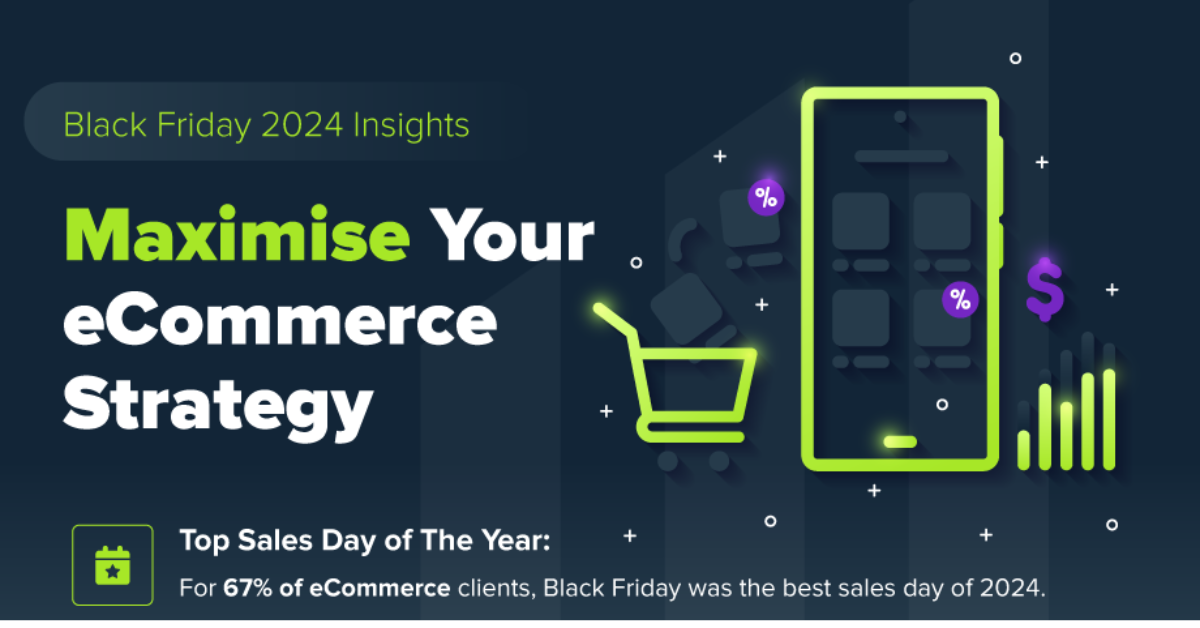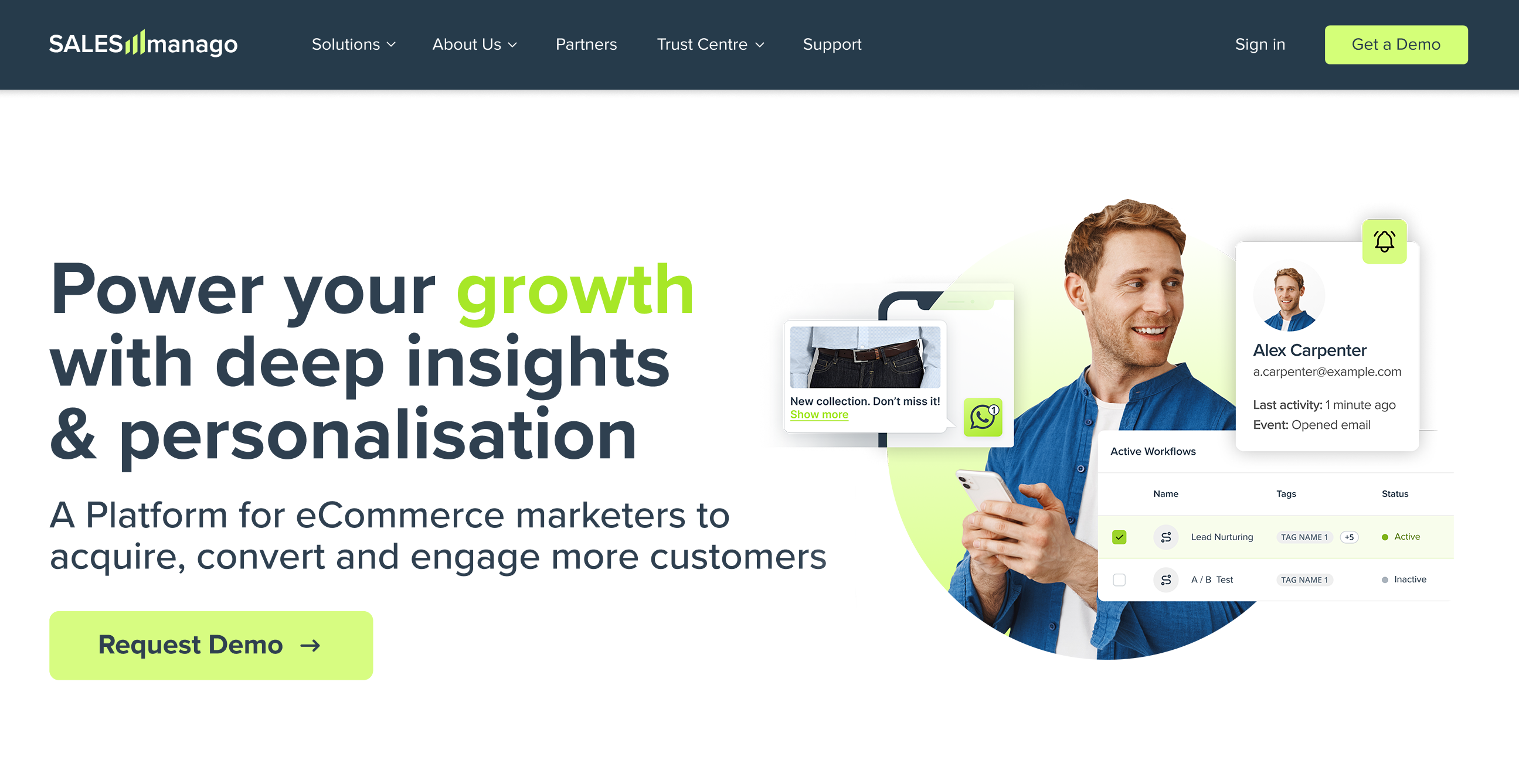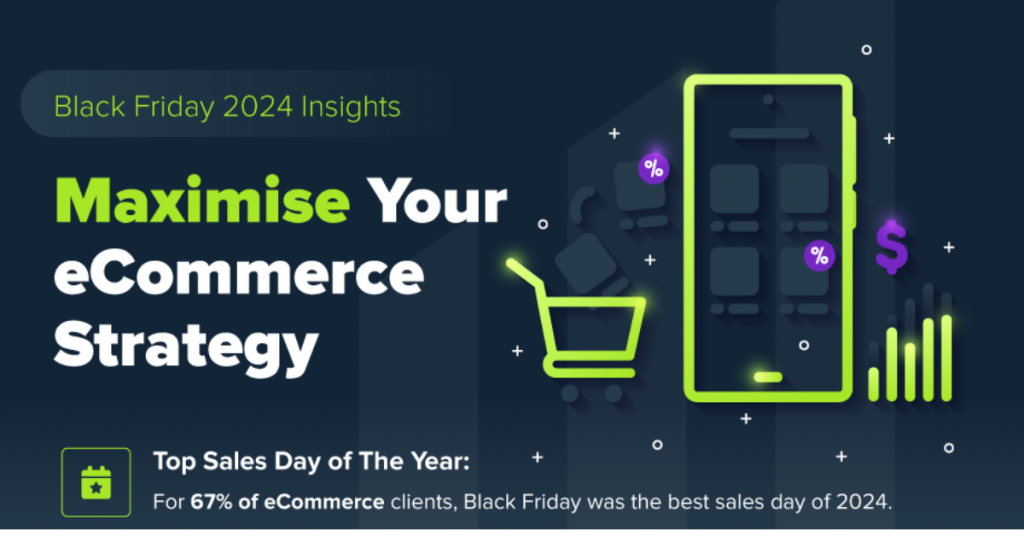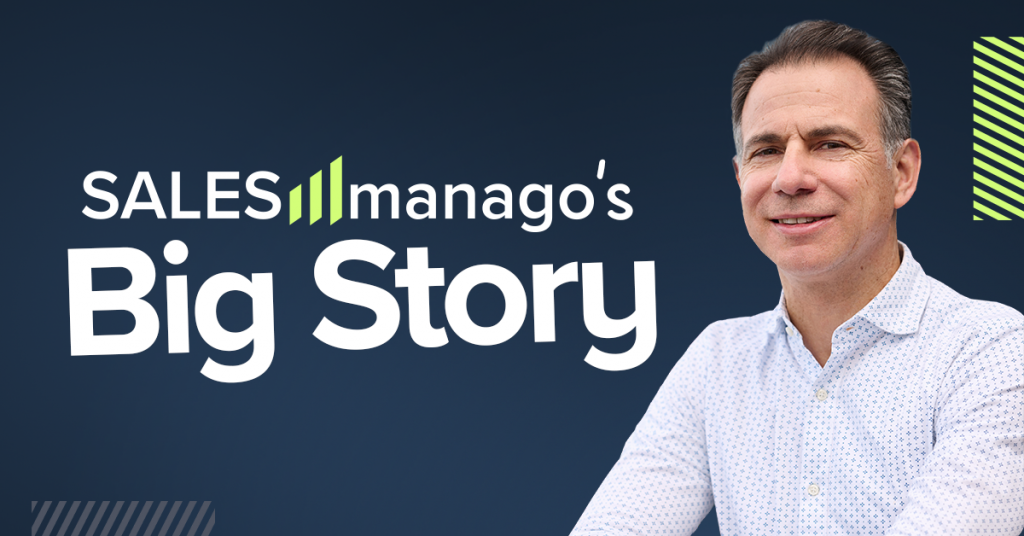Marketing Automation is a sophisticated technology, which provides salespersons with vitally important tools for marketing strategy management. Yet, one needs to remember that only by having them, spectacular success is not guaranteed at all. The key is an adequate implementation, as well as appropriate use of particular functionalities.
Marketing Automation and CRM
In many ways, Marketing Automation software is similar to CRM tools and surely both of them have huge technological potential. However, we will only benefit when the implementation process is carried out suitably and managed appropriately. Like with CRM, many companies are fascinated by the abilities we are given with the tools for automation. Though, they might lack the plan to assure longed for success.
That’s why, the initial and most important step is to identify potential traps during automation implementation. Below, you’ll find a few tips on how to find yourself on the right track instantly.
Six easy steps to success
Step 1. Set your goals and expectations
Like with every new project, just before introducing automation, the most essential thing is to define the objectives we want to achieve with the new system. It often happens that the new software partly substitutes already employed tools, like those for E-Mail Marketing, social media marketing or analytics. It’s wise to use your head and see what you pay for, as there are services you may like to resign from when you decide to go for a comprehensive automation tool.
Step 2. Choose appropriate Marketing Automation solution
Once you know your expectations and your budget, be sure you also know exact solution desired by your company. Marketing Automation business grows day in, day out so it’s wise to know the factors to take into consideration when choosing the new solution.
– Set of functions. It may look that most platforms offer similar tools and services, like mainly automated emailing, tracking visitors on WWW page, lead scoring or others. However, make sure you choose the system that will meet your expectations and you won’t have to pay for unnecessary services.
– Easy to use. Functionality of the system is a critical factor when making decision. Intuitive, with friendly interface and easy to learn system will be the best choice.
– Integrations. One should look for such platforms, which enable full integration with the system we already use. Think of necessary integrations for appropriate operation of marketing and sales. If you use more sophisticated CRM system, it’s important to choose a tool, which allows for synchronization through API.
– Support. It’s not a secret that proper service and support is a core foundation. Make sure your potential supplier treats equally corporate clients as well as small business and servicing department is competent and always available.
– Pricing. Price rating models vary significantly, depending on the company. It’s not the best idea to be prompted by attractive pricing only. First of all, we need to make sure that the software supplier, apart from to the access to the tools, will provide us with appropriate support and regular education. In addition, it’s essential that the contract is prepared accordingly. Otherwise, it may turn out that we are obliged to years of cooperation in unsatisfactory conditions.
Step 3. Think over what else is necessary to implement the tool
Once you’ve made your choice, you have to consider what else is to be done before system implementation. Apart from the budget, we need to make sure we have right staff to handle operations. If not, it’s wise to think about employing a consultant, who will help to work out the whole strategy. Another important aspect is to think over how the implementation of such tool may influence our organization. Automation makes that the dividing line between marketing and sales is very fine, indeed. It’s worth to know it in advance and prepare the staff accordingly, as well as new, essential procedures.
Step 4. Make a plan
Having a plan is necessary in practically every marketing strategy. Its crucial elements in marketing automation include: assigning appropriate roles (settling administrators, users and rules of operation), cooperation with sales in order to set up procedures, checking how platform integrates with other systems, contact charter, subscription and other lead generation forms integration, configuration of subscription management and designing target website and message to users template in a coherent way with each other and the whole brand. There are many more aspects, which need to be taken into consideration and the above mentioned are only pattern or illustration.
Step 5. Begin with elementary functions and develop them gradually
From the very beginning, it’s tempting to take advantage of all those new functionalities right away but for the common good it’s best to begin with the foundations. For a start, we need to choose those tools, which are absolutely necessary and gradually add newer and newer ones, when we learn how to operate in the system. This way, we’ll gain the experience, avoid unnecessary mistakes and we will take advantage of many functions offered by the system, in clear and reasonable manner.
Step 6. Think, whether you need help and support from outside
Usually, when implementing the software, external assistance is crucial as it requires specialist knowledge and experience, which you may obviously lack in your company. Qualified personnel may not only provide you with support during the implementation process but also permanently participate in strategy planning and running campaigns.
Surely, there are many other necessary aspects to consider when starting the adventure with Marketing Automation. However, one needs to remember that only smart and correct use of available tools will grant us evident and long-running success.
 Follow
Follow
















